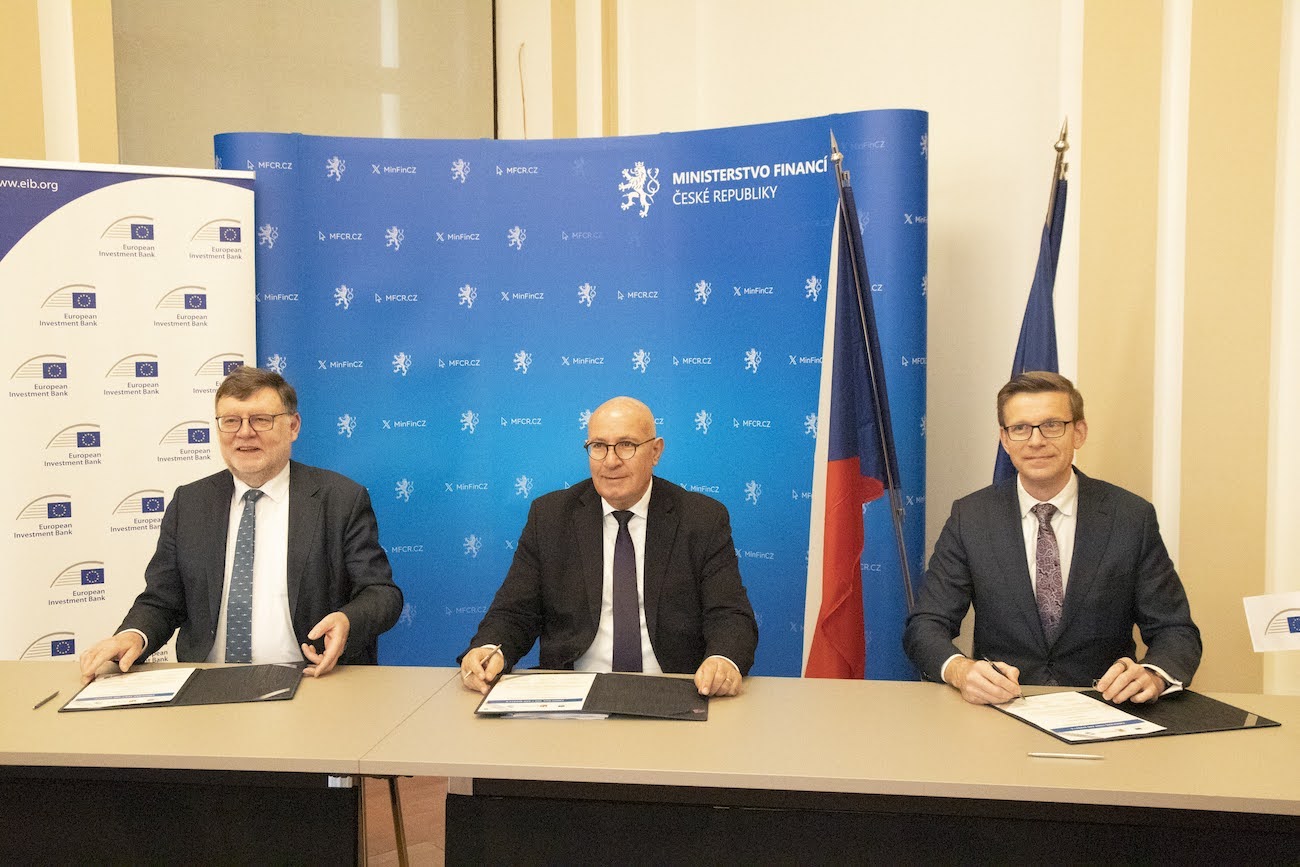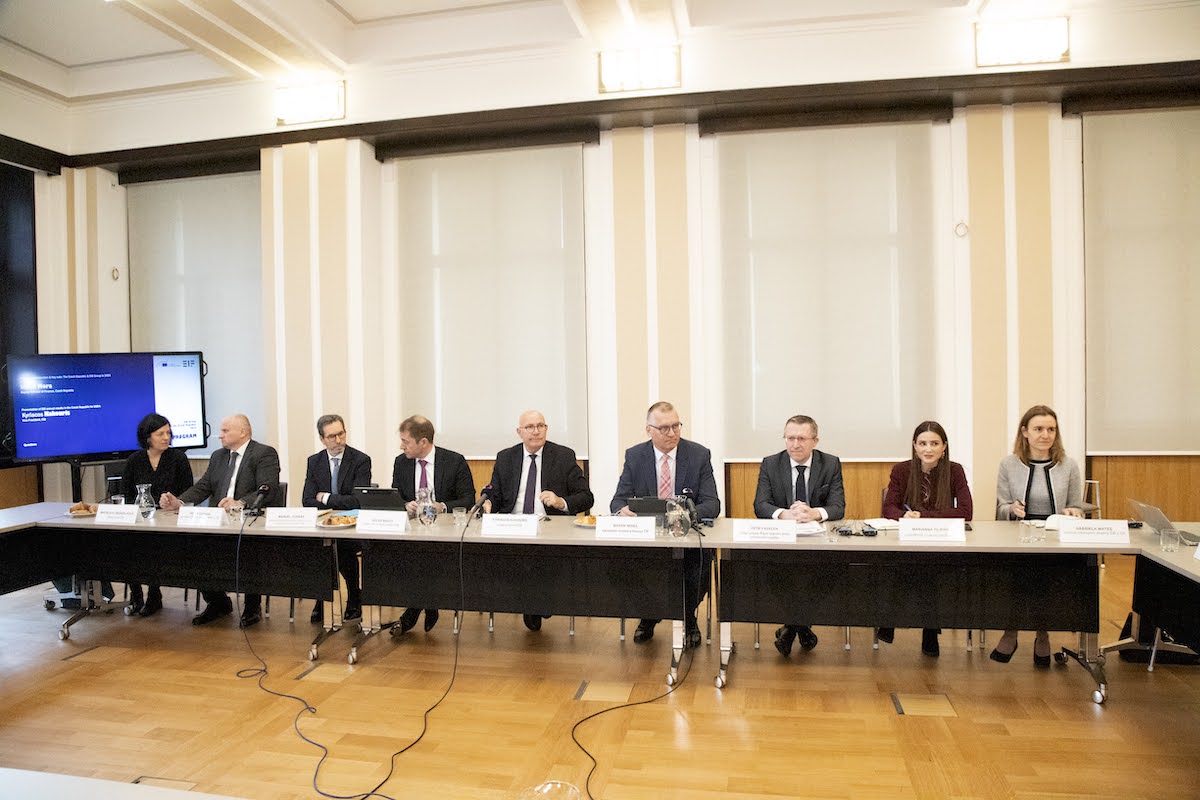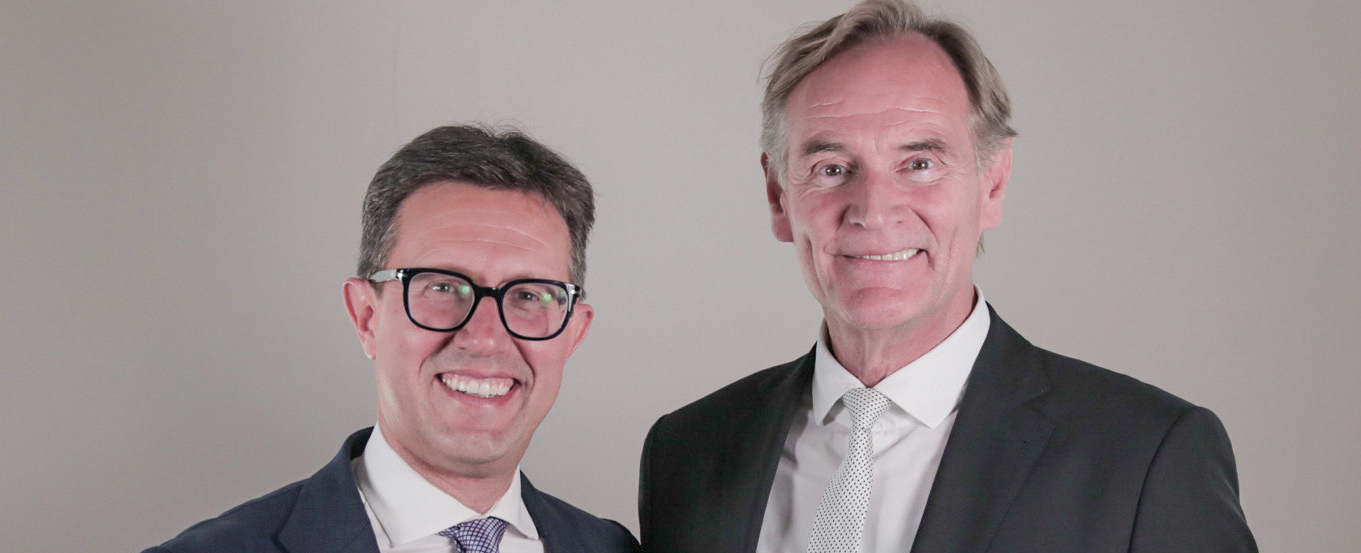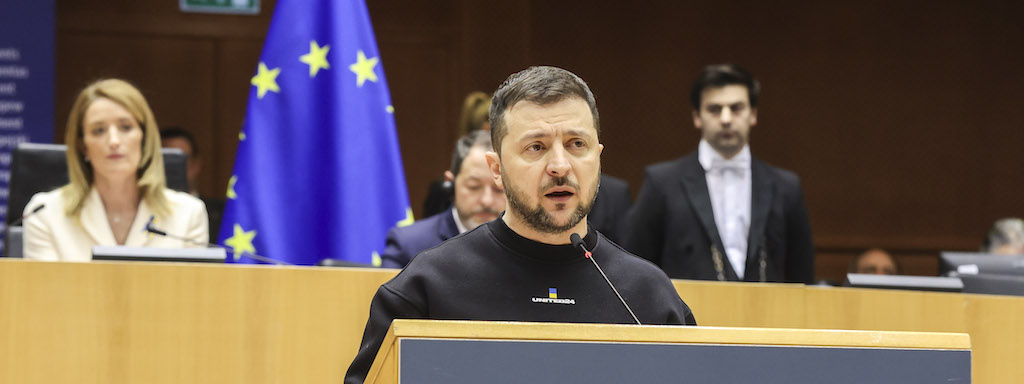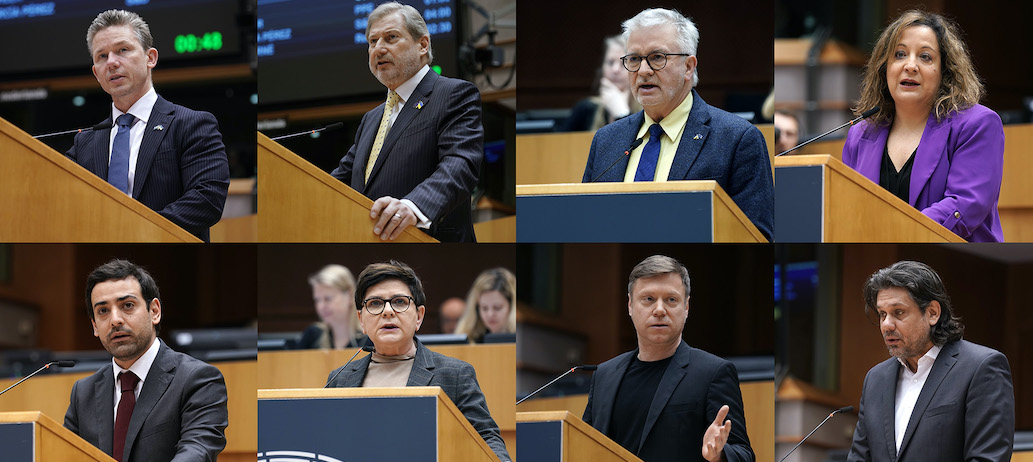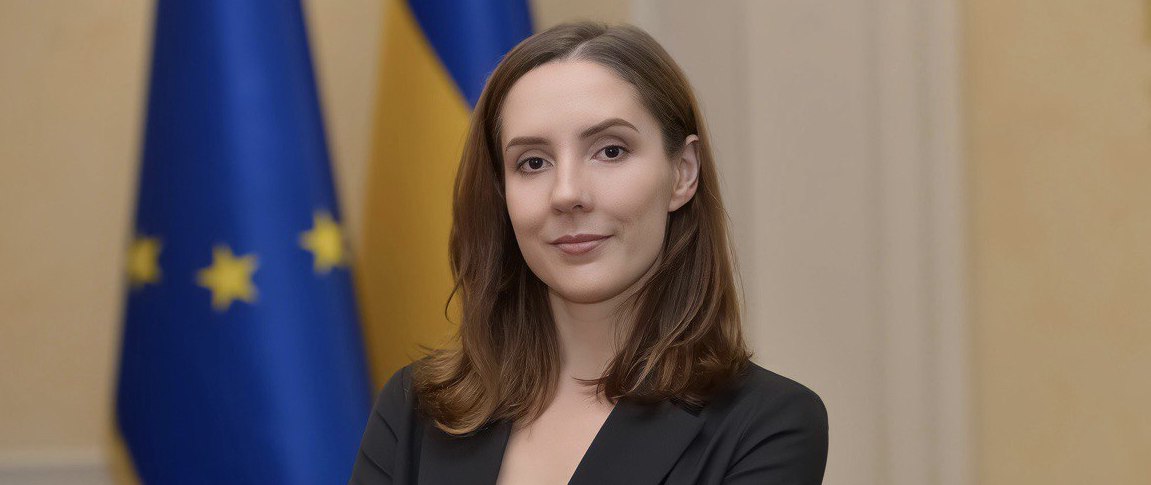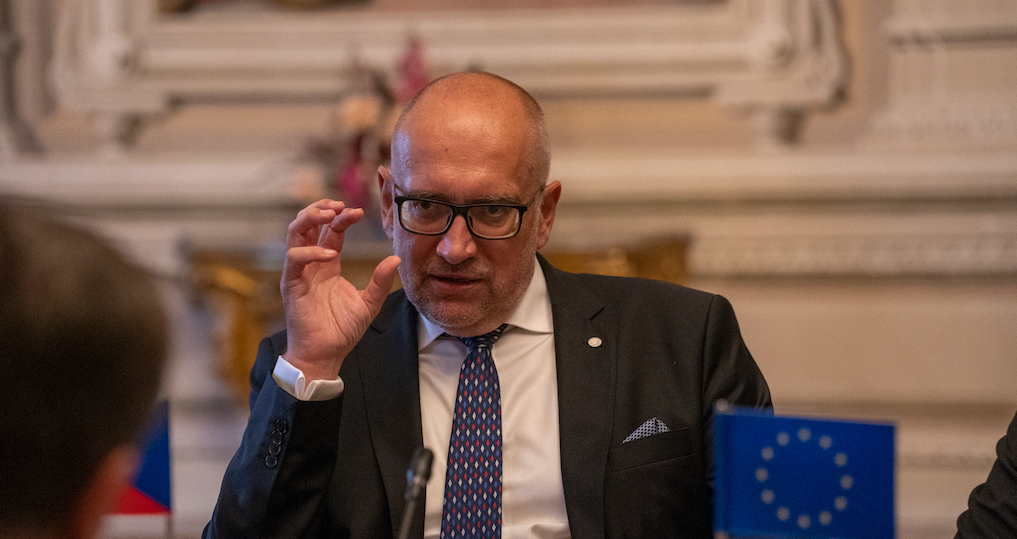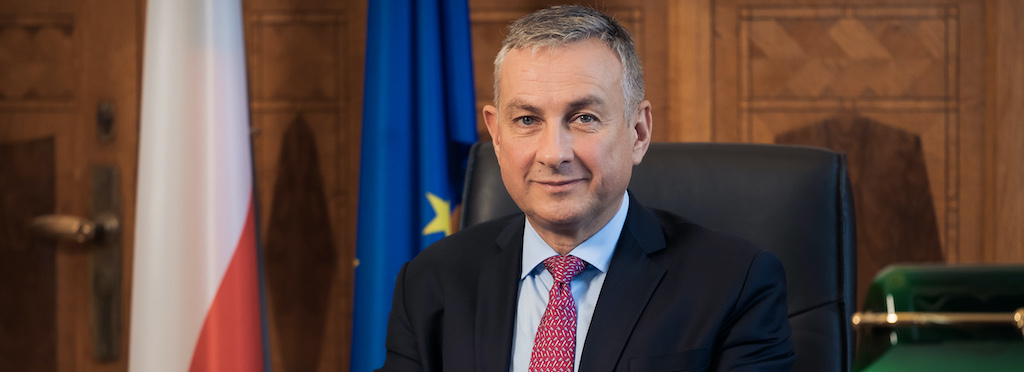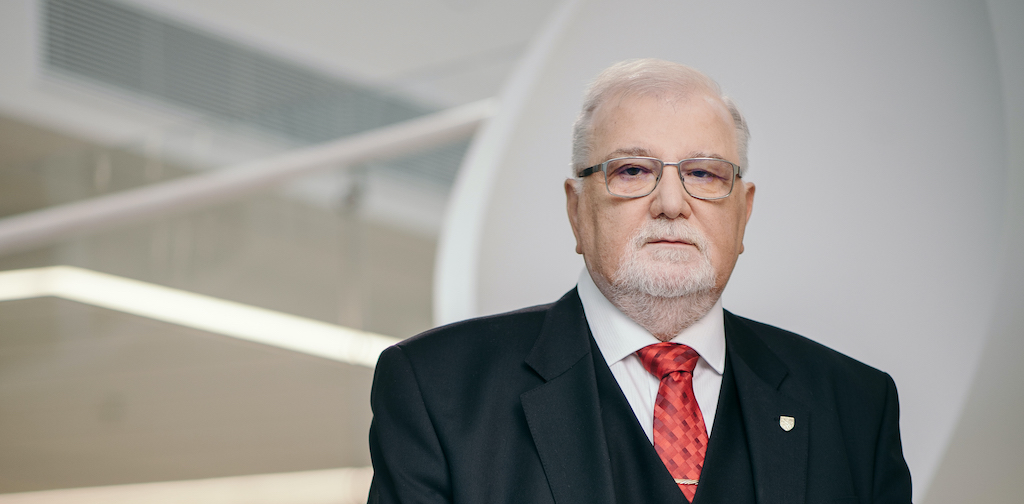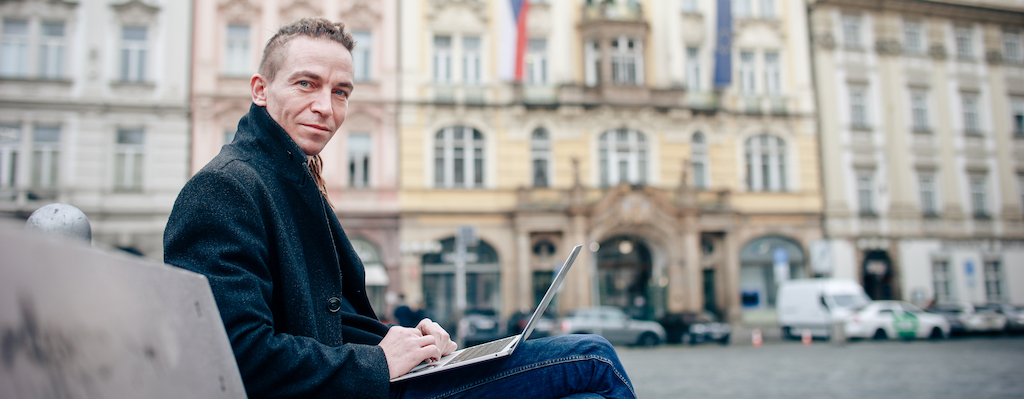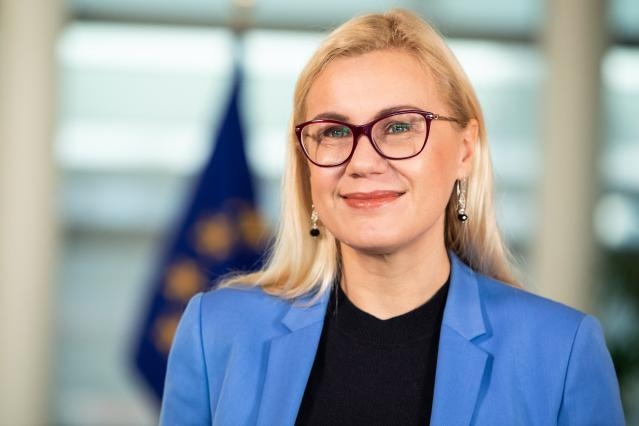
Three weeks ago, the Commission presented the Recovery Plan for Europe, a package including a new recovery instrument, the Next Generation EU of 750 billion EUR, and a reinforced MFF of 1.1 trillion. This is a sizeable, balanced plan, with green deal investments at its heart. I strongly believe that investing in future-looking technologies and innovation is crucial for our recovery and resilience. What the Commission has put on the table provides ample opportunity for doing that in the energy sector. For example:
The InvestEU sustainable infrastructure window will be doubled and in particular, it will support renewable energy, interconnections and the Renovation Wave.
The ReactEU instrument of 55 billion EUR, a top-up to the broader cohesion policy for the upcoming years 2020-2022, will support green investments. That means, it could be used for energy efficiency solutions or new technologies for local electricity grids, for example.
The most substantial instrument of the package, the Recovery and Resilience Facility with a budget of 560 billion EUR will provide grant and loan support for the Member States to carry out needed reforms. These proposed reforms must be in line with the European Semester recommendations, but also the National Energy and Climate Plans and the Just Transition Plans, making sure they contribute to the green transition.
We have also created a new Strategic Investment Facility to support private investments in European strategic value chains with a budget of 15 billion EUR. So hopefully this helps us to trigger 150 billion in investments. The energy sector will benefit in many ways, from critical infrastructure support, to new energy storage technologies, like batteries, clean hydrogen and fuel cell applications.
In addition to that, the reinforced Horizon Europe with 94 billion EUR for the digital and green transitions, will also be relevant. Already this year we are launching the Green Deal Call under the Horizon 2020 and first ever call under the Innovation Fund. But public investments can only push innovation so far. Private investments still represent the bulk of R&I funding. That’s why we will also launch in parallel a system of Alliances, such as a new Hydrogen Alliance, to ensure that public and private sector work together to build up pipelines of concrete projects and remove blocking points. (*)
Finally, this technological revolution should not leave anyone behind. European regions have different assets to bring into the game and different strengths. The Just Transition Fund, that is increased more than five times to 40 billion EUR, now has the right scale to promote a balanced and fair transition.
It was good to hear broad support around the table for the Commission’s proposal and its energy priorities. Many Member States already have concrete projects in mind that could be financed through this recovery package. We will cooperate closely to make sure that they take advantage of this opportunity and use it for transforming their energy sectors and economies.
Last time we met, I promised to the energy ministers that the Commission will gather the good practices used in the energy sector to manage the risks related to the pandemic. Although the energy system has proven to be resilient during the Covid-19 crisis due to the good preparedness of the sector, we cannot be complacent. We have now published a report that compiles the experiences of experts from the Member States, energy companies and network operators. I hope this will be a useful toolkit to improve our risk-preparedness even further.
I also updated the ministers on the state-of-play regarding the National Energy and Climate Plans. We are still expecting the plan from Ireland, where the government formation is ongoing. However, the caretaker government has sent us their preliminary information and we can start now conducting our analysis.
We plan to publish an assessment of the aggregate situation at EU level together with the 2030 Climate Target Plan in September. We will present a detailed assessment of each individual national plan later, in October, along with the State of the Energy Union Report.
This assessment will be very important in the context of developing a trajectory for reaching higher ambitions in 2030 and for the preparation of national recovery and transition plans.
Based on our initial analysis, we can already see that regarding renewables, the news is positive. Our preliminary assessment shows that the share of renewable energy in the EU should reach a level above 33%. However, in the context of the crisis and the fall of the renewable energy investments, we must make sure that progress in this area continues.
When it comes to energy efficiency, the ambition gap has been reduced compared to the draft NECPs, but it remains substantial. According to our preliminary analysis, that would mean a collective ambition gap of 3.0 percentage points for primary energy consumption and 3.2 percentage points for final energy consumption for EU27.
So we have our work cut out for us: for the good of our planet, our economy and our people.
I would like once more to thank minister Tomislav Ćorić and the Croatian presidency for doing such a great job in these very difficult circumstances. It has been a huge adjustment for all of us, both in terms of how we work and what we work on. You have managed to adapt both our agenda and working methods to the demands of the crisis and I am grateful for the excellent cooperation we have had in the past six months.
One great example of that is the Memorandum of Understanding on Clean Energy Islands that the minister spoke about earlier and where our services have been working closely together.It is an important step forward in ensuring the green energy transition for more than 2200 inhabited islands in the EU.




